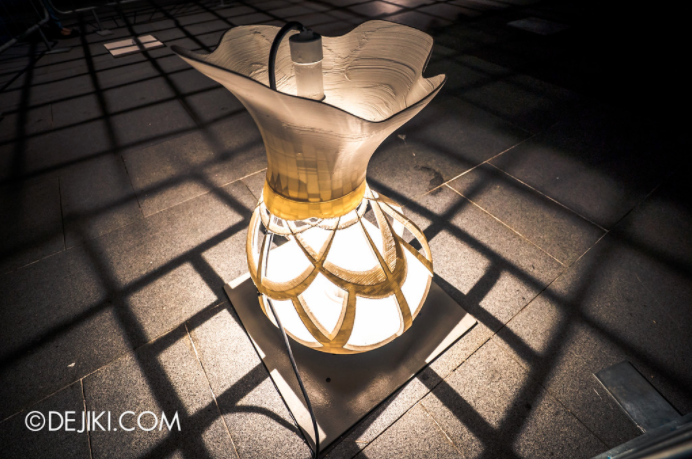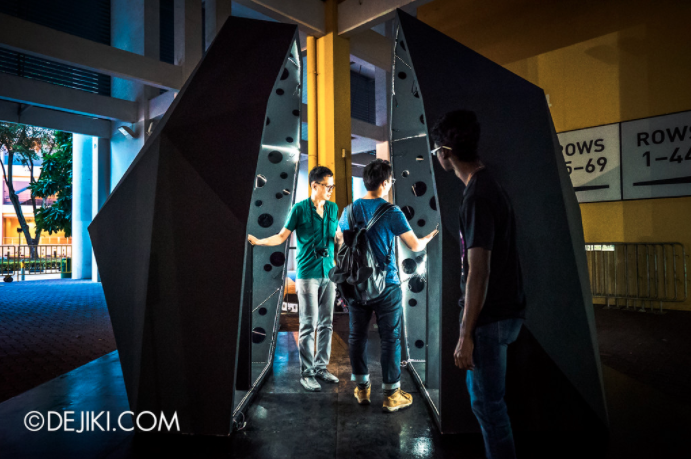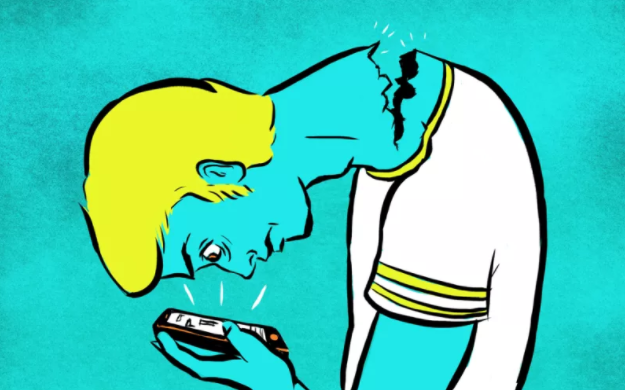I was not able to attend this year’s exhibition, due to my busy schedule and fear of crowds. However, I did attend the one last year and the one exhibition that gave me the biggest impression was Fissure by Ong Kian Peng (feature image). It is basically 2 halves that will only light up if you touch the 2 metal plates on both halves, completing the circuit and lighting it up. You could also do it between 2 people, and it lights up as well, somehow suggesting the importance of human connection. It was beautiful and meaningful.

The other exhibition was Groove Light by NUS. They attached a lever to the light bulb so that visitors can raise or drop the light bulb in and out of the sculpture. The interesting part is the play on the light. The sculpture has curved lines, but the shadows projected onto the floor have straight lines instead, which is incredible that it is even possible!



